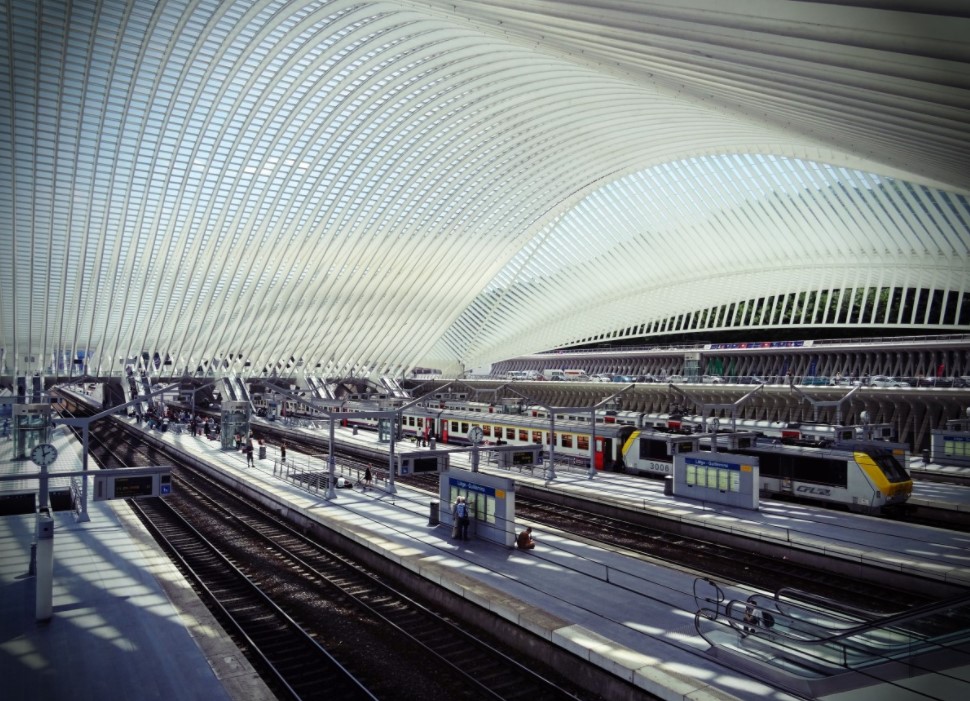Metaverse
Contents |
[edit] Introduction
The metaverse (sometimes referred to as extended reality) is a modern buzzword that has been associated with the Internet of the future. It has been described as a robust, responsive, inclusive, version of virtual experiences, environments and assets.
Nick Kelly, Senior Lecturer in Interaction Design, Queensland University of Technology, calls the metaverse “A high-tech plan to Facebookify the world”. He explains that in a June 2021 announcement, Facebook Chief Executive Mark Zuckerberg said the organisation would move away from its position as a social media company to becoming “a metaverse company”, functioning in an “embodied Internet” that blends real and virtual worlds more than ever before.
[edit] History
The term 'metaverse' was first introduced in 1992 by science fiction writer Neal Stephenson. The author recognised the need to name the existence of a futuristic world that combined physical and fabricated reality.
In justifying the greater adoption of the term metaverse, Kelly says existing terms ‘don’t capture the new social relationships, sensory experiences and economic behaviours that are emerging along with these extensions to the virtual….Neologisms such as “the Cloud” or the “Internet of Things” have stuck with us precisely because they are handy ways to refer to technologies that are becoming increasingly important. The metaverse sits in this same category.’
[edit] The possible impact of the metaverse
Kelly proposes ways in which new concepts such as the metaverse will shape society, politics and culture in a form of ‘“technological determinism”: the sense that advances in technology shape our social relations, power relations and culture in a way that helps to organise our societies more productively. Shared standards and protocols that bring disparate virtual worlds and augmented realities into a single, open metaverse could help people work together and cut down on duplication of effort.’
Kelly presents the example of a metaverse alliance that is being explored between private companies and the South Korean government. This alliance is attempting to work together to develop an open, national VR platform. Kelly writes, ‘A big part of this is finding ways to blend smartphones, 5G networks, augmented reality, virtual currencies and social networks to solve problems for society (and, more cynically, make profits).’
While arrangements such as the metaverse alliance may result in beneficial collaborations, there are also drawbacks associated with shifting a physical reality to one that is primarily based on virtual interactions. Kelly says that in a metaverse, varied realities are not compatible with ‘a “one-world world” - a reality that does not permit other realities.’
He suggests this may be limiting in terms of connections to people and the development of communities, despite the fact ‘it offers us limitless possibilities to overcome the constraints of the physical world; yet in doing so, only replaces them with constraints imposed by what the metaverse will allow.’
The article 'What is the metaverse? A high-tech plan to Facebookify the world' was written by Nick Kelly, Senior Lecturer in Interaction Design, Queensland University of Technology. It was published on 6 August 2021 on The Conversation website under a Creative Commons license.
[edit] Related articles on Designing Buildings Wiki
Featured articles and news
Government consultations for the summer of 2025
A year of Labour, past and present consultations on the environment, the built environment, training and tax.
CMA competitiveness probe of major housing developers
100 million affordable housing contributions committed with further consultation published.
Homes England supports Greencore Homes
42 new build affordable sustainable homes in Oxfordshire.
Zero carbon social housing: unlocking brownfield potential
Seven ZEDpod strategies for brownfield housing success.
CIOB report; a blueprint for SDGs and the built environment
Pairing the Sustainable Development Goals with projects.
Types, tests, standards and fires relating to external cladding
Brief descriptions with an extensive list of fires for review.
Latest Build UK Building Safety Regime explainer published
Key elements in one short, now updated document.
UKGBC launch the UK Climate Resilience Roadmap
First guidance of its kind on direct climate impacts for the built environment and how it can adapt.
CLC Health, Safety and Wellbeing Strategy 2025
Launched by the Minister for Industry to look at fatalities on site, improving mental health and other issues.
One of the most impressive Victorian architects. Book review.
Common Assessment Standard now with building safety
New CAS update now includes mandatory building safety questions.
RTPI leader to become new CIOB Chief Executive Officer
Dr Victoria Hills MRTPI, FICE to take over after Caroline Gumble’s departure.
Social and affordable housing, a long term plan for delivery
The “Delivering a Decade of Renewal for Social and Affordable Housing” strategy sets out future path.
A change to adoptive architecture
Effects of global weather warming on architectural detailing, material choice and human interaction.
The proposed publicly owned and backed subsidiary of Homes England, to facilitate new homes.
How big is the problem and what can we do to mitigate the effects?
Overheating guidance and tools for building designers
A number of cool guides to help with the heat.
The UK's Modern Industrial Strategy: A 10 year plan
Previous consultation criticism, current key elements and general support with some persisting reservations.
Building Safety Regulator reforms
New roles, new staff and a new fast track service pave the way for a single construction regulator.

























